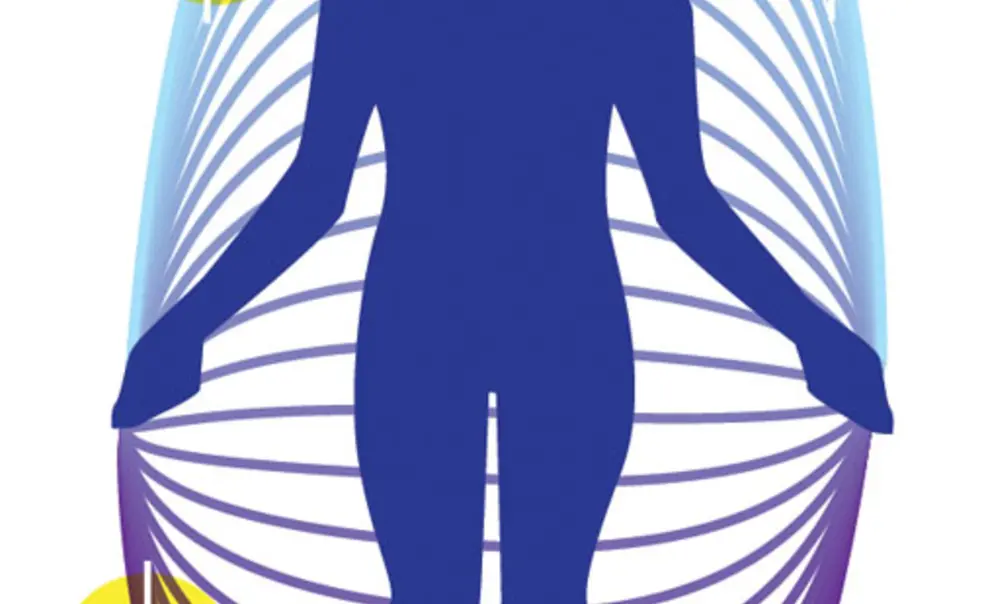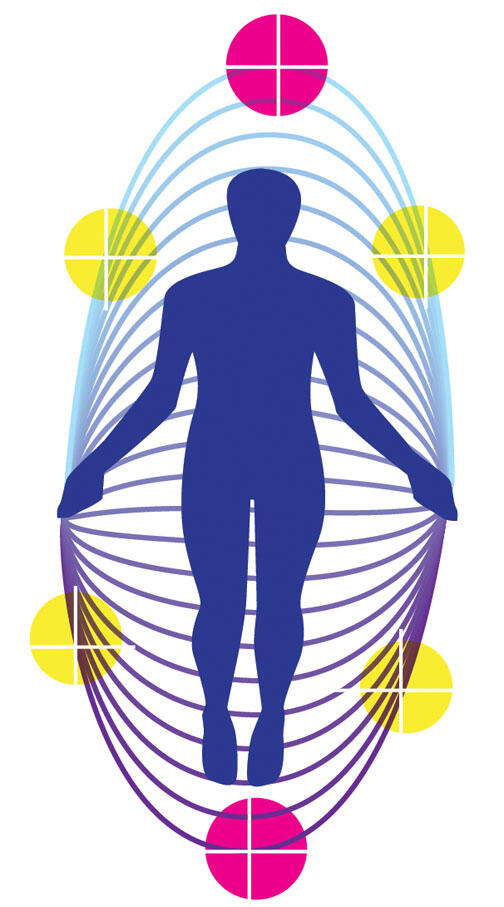FYI: Findings
Blowin’ in the wind Jumping rope at the gym led Howard Stone, professor of mechanical and aerospace engineering, to wonder about the aerodynamics of a moving rope. With colleague Jeffrey Aristoff, then a postdoctoral researcher at Princeton, Stone devised a mathematical model that captures the bending action of the rope. They found that the middle of the rope, which travels faster than the ends, bent away from the direction of motion. Their model may assist engineers who design objects that move through the air. The research was published online Nov. 1 in Proceedings of the Royal Society A.
Man’s inhumanity to man A network in the brain that is critical for social interaction may not engage when people encounter someone considered repellent, indicating a way that they “dehumanize” the person. This process could help explain how people can commit genocide and torture, according to a study published in The Journal of Psychology in fall 2011 by lead author Lasana Harris *07, an assistant professor of psychology and neuroscience at Duke University, and Princeton psychology professor Susan Fiske. The study’s results were gathered from 119 Princeton undergraduates who viewed images of homeless people and drug addicts.













No responses yet